The Danish audio pioneers celebrate 100 years by marrying 1920s elegance with modern acoustic engineering in a strictly limited collector’s masterpiece
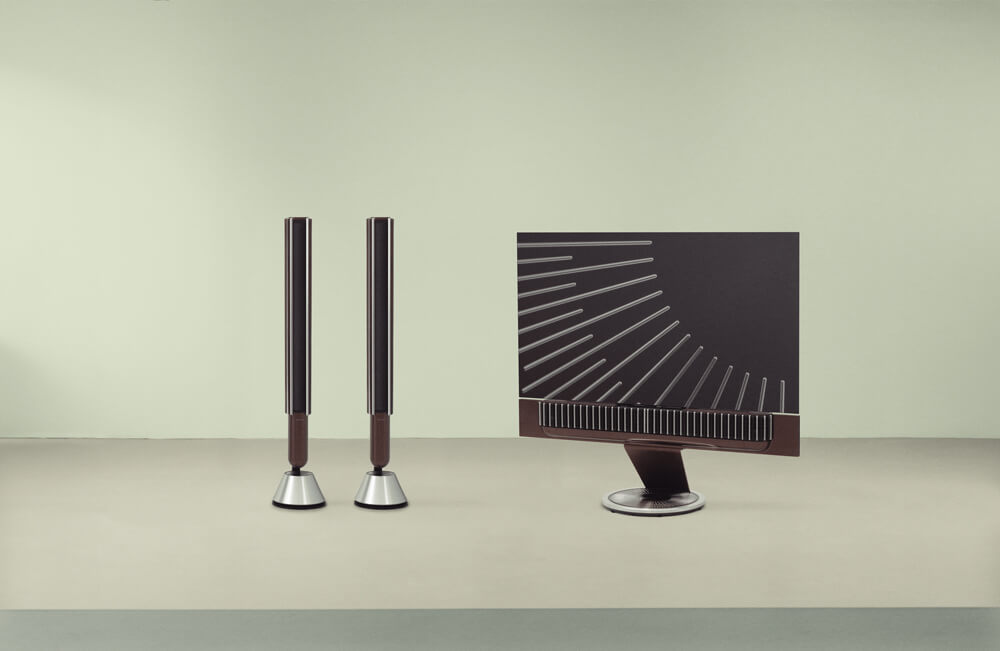
The timing couldn’t be more appropriate. As Bang & Olufsen celebrates its centenary, the company has returned to its aesthetic origins, channelling the architectural and design movement that defined the decade of its birth. The result is an audio system that speaks as much to connoisseurs of fine design as it does to audiophiles with particularly deep pockets.
Architectural acoustics with historical resonance
The Atelier collection stands as a spectacular marriage of form and function. Dark rosewood panels alternate with chestnut anodised aluminium lamellae, creating a rhythmic visual pattern reminiscent of classic Art Deco skyscrapers. One might almost mistake these speakers for miniature Chrysler Buildings—if the Chrysler Building could deliver room-filling soundscapes with uncompromising clarity.
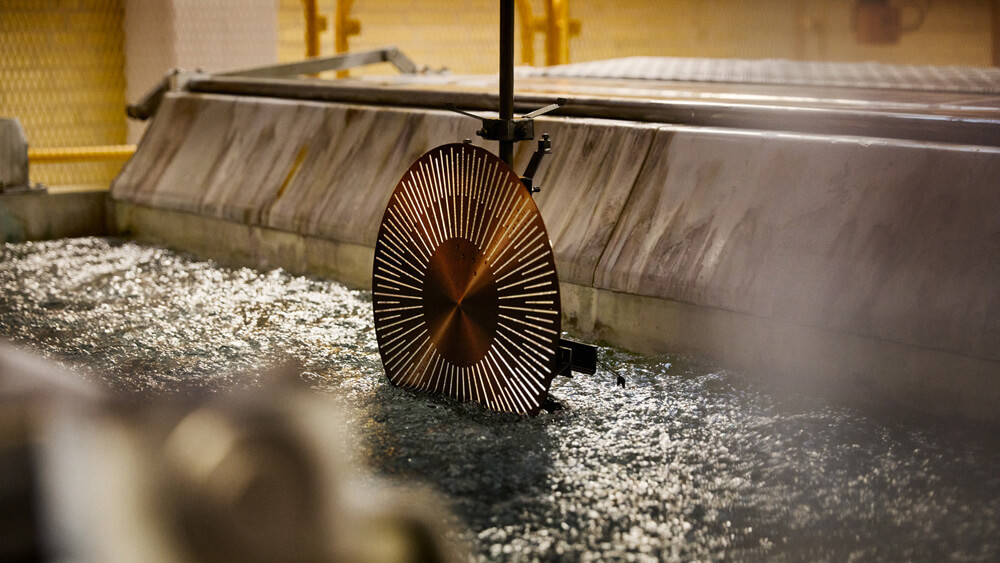
Each aluminium surface features precision-etched geometric patterns that would make any 1920s designer proud. Look closely and you’ll spot 100 tiny engraved strokes hidden within the pattern—one for each year of B&O’s existence. It’s the sort of detail that rewards close inspection, much like the dashboard of a hand-built Bentley.
Bang & Olufsen CEO Kristian Teär describes the collection as “a fusion of design heritage and technical mastery,” though frankly, that undersells it somewhat. What they’ve actually created is an audio time machine—one that connects the geometric boldness of the Roaring Twenties with contemporary acoustic engineering that would leave the original company founders utterly gobsmacked.
Functional artistry that demands centre stage
The Beosound Theatre component introduces something genuinely new—a wooden top cover sculpted in a radial pattern inspired by Art Deco sunbursts. While it looks spectacular, the company claims this isn’t merely decorative flair. The pattern enhances acoustic transparency, proving that even ornamental elements serve the ultimate goal of sound perfection.
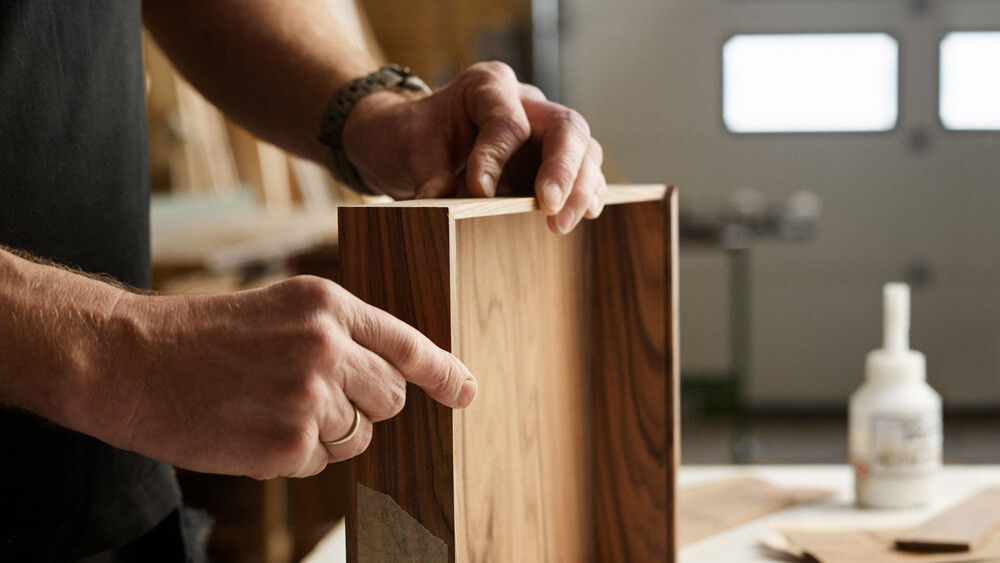
This dedication to functional beauty extends to the Beolab 28’s floating acoustic lens. Encircled by a meticulously detailed radial ring, it serves as both an acoustic component and visual centrepiece. The effect is rather like having a small but exquisite sculpture in your living room that happens to produce sound so crisp it could make a crystal glass feel inadequate.
The attention to packaging equals the products themselves. Each Beoremote comes housed in a matching rosewood case handcrafted at the company’s Struer headquarters. Finished in the same chestnut aluminium as the speakers, it includes certificates of authenticity that will undoubtedly become as treasured as the system itself. The presentation feels more akin to receiving crown jewels than merely unpacking electronic equipment.
Technical prowess beneath the period aesthetics
While the visual design draws from a century-old aesthetic, the technology inside remains thoroughly modern. The Beolab 28 speakers deliver room-adaptation technology that optimises sound based on placement and acoustics. Active room compensation continuously adjusts to ensure optimal performance regardless of where listeners position themselves—technology the Art Deco pioneers could scarcely have imagined.
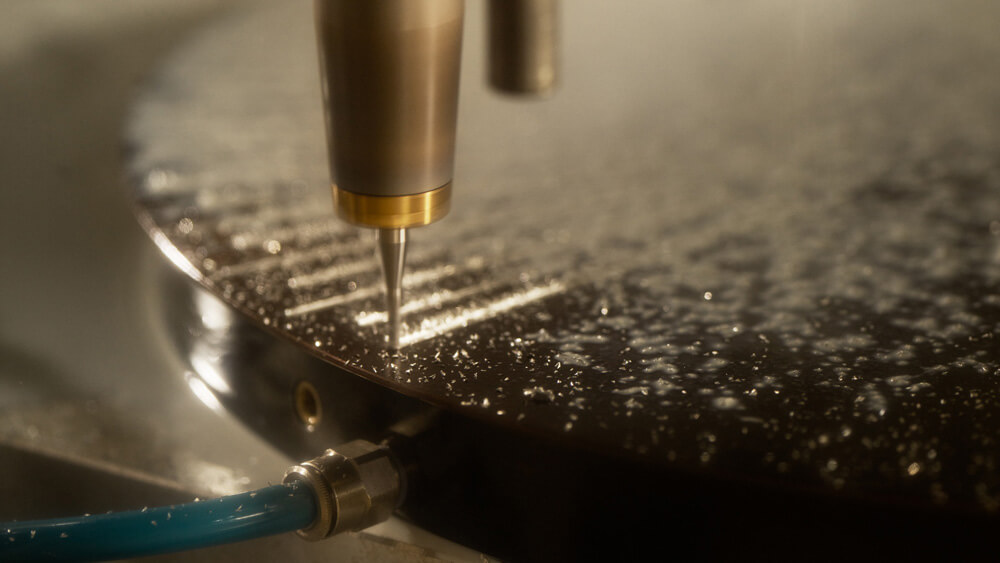
The Beovision Theatre integrates seamlessly with modern entertainment systems while maintaining the collection’s visual cohesion. Its sound processing capabilities create a three-dimensional audio experience that extends well beyond traditional surround sound configurations. The juxtaposition between 1920s-inspired visuals and technology that feels plucked from tomorrow creates a rather fascinating temporal dissonance.
The limitation to 100 units ensures these systems will likely appreciate rather than depreciate—adding investment potential to their list of attributes. For those fortunate enough to secure one, the collection offers daily enjoyment coupled with the satisfaction of owning a piece of design history that bridges a century of acoustic innovation.
Danish craftsmanship meets timeless design language
The manufacturing process behind these limited-edition pieces remains quintessentially Bang & Olufsen. Each system undergoes meticulous assembly at the company’s Danish facilities, where craftspeople with decades of experience ensure perfection down to the smallest detail. The rosewood requires particularly careful handling to achieve the desired finish—a process that cannot be rushed or automated.
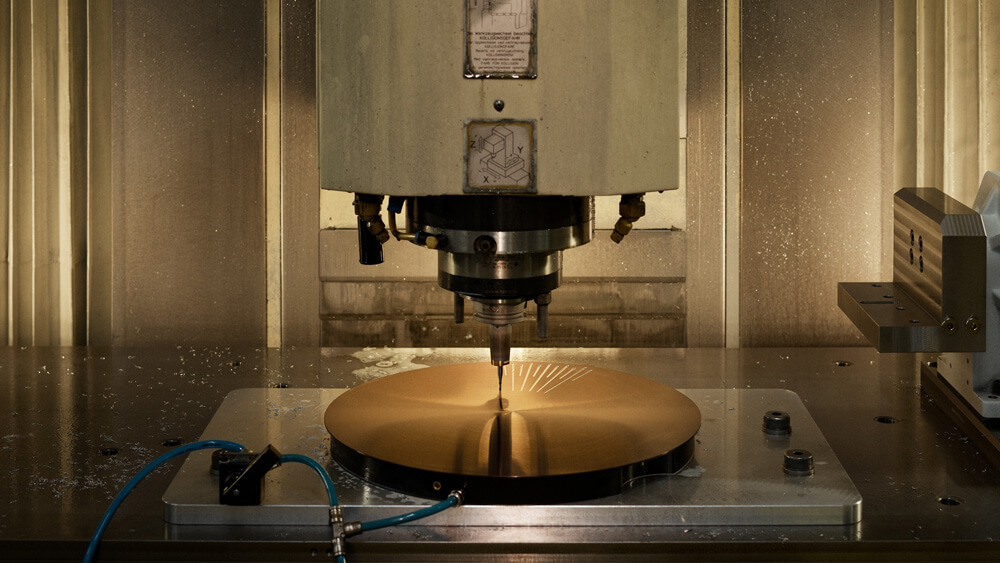
This handcrafted approach explains both the exceptional quality and eye-watering exclusivity. When manufacturing involves this level of human expertise, mass production becomes impossible. The result, however, justifies the methodology—audio equipment that feels genuinely precious rather than merely expensive.
As Bang & Olufsen enters its second century, the Atelier Limited Edition Art Deco collection demonstrates how a company can honour its heritage while remaining relevant. By connecting to the aesthetic movement that defined its founding era, B&O has created a genuinely meaningful anniversary collection rather than simply slapping a commemorative badge on existing products.


